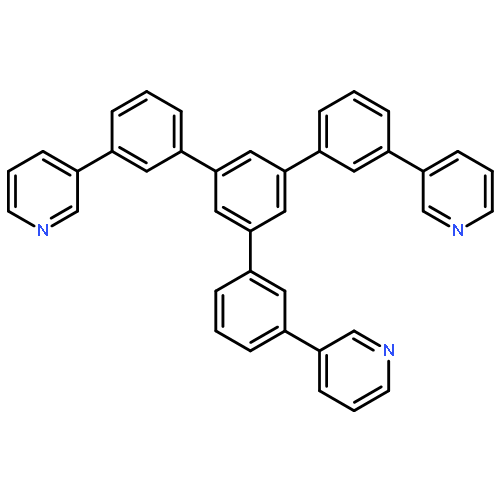•Two bipolar host materials mCPpPO and mCPmPO have been disigned and synthesized.•High efficiency and low roll off blue device were fabricated.•The high efficiency single emission layer white PhOLED basd on mCPmPO was obtained.Two bipolar host materials, mCPpPO and mCPmPO have been synthesized by Ni(II)/Zn-catalyzed cross-coupling of diphenylphosphine oxide and corresponding aryl bromide. The photophysical properties, HOMO/LUMO orbital distribution and triplet levels of these host materials are investigated and optimized by tuning the linking modes between electron acceptor triphenylphosphine oxide and electron donor N,N′-dicarbazolyl-3,5-benzene (mCP). When mCP is linked to the meta-position of benzene of triphenylphosphine oxide, the hybrid (mCPmPO) shows much higher steric hinderance than the para-position linked analogue (mCPpPO) so that it possesses a higher triplet energy. Equipped with the bipolar transport properties, mCPmPO-based blue PhOLED doped FIrpic shows a maximum current efficiency (ηc,max) of 40.0 cd/A, a maximum power efficiency (ηp,max) of 39.7 lm/W, corresponding the maximum external quantum efficiency (ηEQE,max) of 20.3%, and the current efficiency still maintain to 34.8 cd/A even at 1000 cd/m2. Based on the optimized triplet energy level, the single emission layer white PhOLED hosted by mCPmPO shows ηc,max, ηp,max and ηEQE,max of 46.9 cd/A, 39.7 lm/W and 17.6%, respectively.Graphical abstract











